GUEST BLOGGER CARRIE A. PEARSON
A picture book biography of medical visionary Dr. Virginia Apgar spans STEM and story.
Big ideas begin with a single story
Biographies are often thought of as stories about individual lives, but they’re also powerful tools for contextualizing and bridging historical and scientific milestones. A well-crafted STEM picture book biography invites young readers to walk alongside someone who observed a problem and decided to solve it, often in the face of seemingly insurmountable odds. It shows how ideas emerge, how systems can change, and how people shape the world around them through persistence and communication.
A wider world comes into view with a picture book biography
Virginia Wouldn’t Slow Down! The Unstoppable Dr. Apgar and Her Life-Saving Invention offers students a chance to meet a scientist who “lives” at two points in time: as a person who contributed decades ago, yet whose work continues to impact newborn care every second around the globe today. The book introduces Dr. Virginia Apgar as a curious, determined innovator—qualities essential for both scientists and writers.
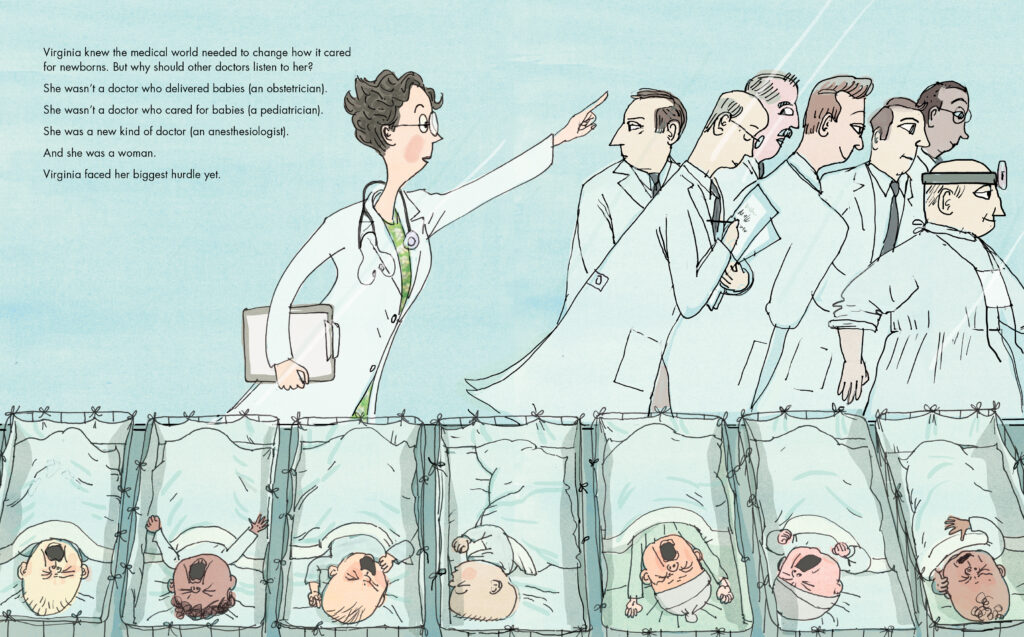
For students, biography can be more than just a story; it serves as a lens. Through Virginia’s life, they come to understand both a key moment in medical history and the broader systems of scientific thinking, gender-based barriers, and healthcare innovation. The next bridging opportunity is to help students connect historical moments in Virginia’s world with insights into their own.
Picture book biography lesson: Life stories that change the world
- Grade Range: 3–5 (adaptable)
- Duration: 2–3 class periods
- Focus: Understanding science and history through biography
Step 1: Read and reflect
Read Virginia Wouldn’t Slow Down! aloud. As you do, invite students to take notes or discuss:
- What problems did Virginia notice in the world around her?
- What obstacles did she face?
- How did her work affect other people?
- What part of her story connects to science or medicine?
- What part of her story connects to history?
This conversation helps students see picture book biography not just as a list of life events, but as a story of change over time and real-world impact.
Step 2: Trace the timeline
Work with students to write a timeline of Virginia Apgar’s life, connecting personal events (e.g., education, career choices) with historical context (e.g., gender norms and medical practices of the time). Note where Dr. Apgar’s communication skills may have helped move her message forward. Possible topics to include:
- Key moments in medical history (e.g., the development of the APGAR Score)
- Milestones in women’s access to education and professional careers
- Shifts in how newborns were treated before and after her invention
This activity reinforces the idea that personal stories often reflect larger historical shifts.
Step 3: Choose another picture book biography to explore
In small groups or independently, invite students to select another historical or contemporary figure in medicine or science. Options for subjects might include:
- Dr. Kizzmekia Corbett (contemporary US immunologist)
- Gerty Cori (historical Czech American biochemist)
- Ynez Mexia (historical Mexican American botanist and explorer)
- Dr. Gladys West (contemporary US mathematician)
Students research and create a short biographical sketch highlighting how this person’s work influenced STEM and how their personal story helps us understand their contribution.
Step 4: Share and compare
Students present their biographical sketches to the class. As a group, reflect on questions such as:
- What do these life stories have in common?
- What can we learn about STEM by learning about scientists?
- Why do you think biography is a powerful way to understand history?
Why picture book biography matters for ELA and STEM
For many students, science and other STEM fields can feel abstract, full of terms and facts disconnected from real life. But science becomes human when we read about a person like Dr. Virginia Apgar. We see how big questions are asked, how ideas are tested, and how compassion can drive innovation. Through biography, students don’t just learn about what happened; they begin to understand why it mattered, and how it matters to them.
Featured image credit: Carrie A. Pearson
Carrie A. Pearson, a former early childhood educator, writes books that uncover hidden stories in our world, whether about towering trees, trailblazing women in STEM, or tiny animal embryos. Her books have received distinctions, including Junior Library Guild selections, CCBC Choices, School Library Journal Best Books of the Year, and many regional and state awards and honors. When she’s not writing or researching, Carrie explores her backyard—the wilds of Michigan’s Upper Peninsula. She’s been thinking a lot about bridges after recently tiptoeing the catwalk under the New River Gorge Bridge, the longest steel span in the western hemisphere. Visit Carrie online at her website: carriepearsonbooks.com, Pinterest: carrieapearson, Instagram: @carrieapearson.author, Bluesky: @cpearsonauthor.bsky.social, and her Facebook author page: pearsoncarrieann.


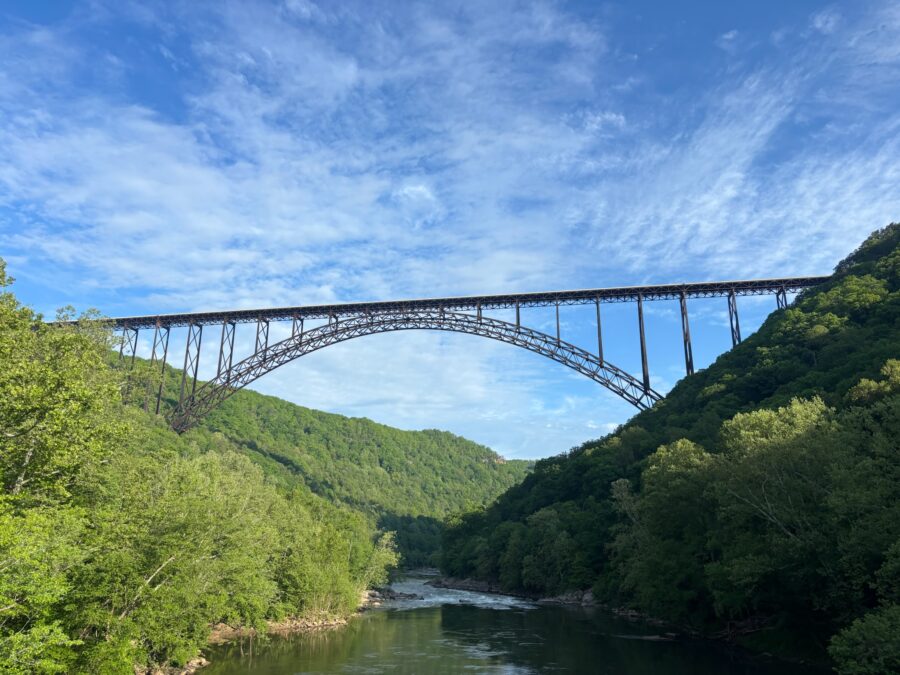




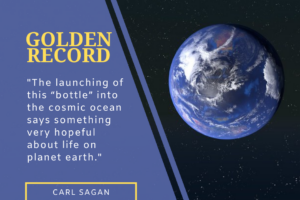
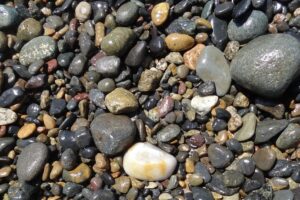

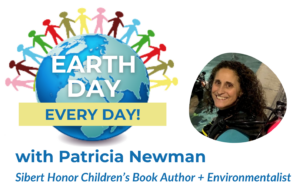
Leave a Reply
Your email is safe with me.